May 24, 2025 | 16:20 GMT +7
May 24, 2025 | 16:20 GMT +7
Hotline: 0913.378.918
May 24, 2025 | 16:20 GMT +7
Hotline: 0913.378.918

A corner of Dan's duck farm in Hoa Lam commune, Ung Hoa district, Hanoi. Photo: Duong Dinh Tuong.
Many people know of Trach Xa village (Hoa Lam commune, Ung Hoa district, Hanoi) through the long-standing ao dai sewing profession in the capital land, but only a few notice that there is also a couple who has raised wild ducks for 30 years and rarely fails.
On a vast farm of 3 ha, they grow crops to raise ducks on the banks, they raise fish in the ponds and grow rice. Rohu and tilapia eat duck droppings, grass carp eat rice, carp eat small golden apple snails and their eggs, and the cycle continues. After many years of saving, they were not only able to build a decent house and buy a piece of land to “keep in their pockets” but also raise two children and let them study abroad.
While waiting for a meal of vegetables picked from the garden and ducks caught from the pond, I listened to Pham Thi Lan slowly tell the story of 30 years ago, when she married the duck herder Nghiem Van Dan, and how poor her family was.
At that time, both of them had to live in a makeshift hut of about 10 square meters built on the bank of a canal. It was so cramped that they could only fit a plank. When they had children, the husband would lie under the plank, and the wife would carry the child and swing in a hammock on top of it. Their entire fortune at that time consisted of a flock of 300 wild ducks raised in the fields, with two harvests a year.
The old fields were clean, with no molluscicide and little insecticide, so the ducks grew healthily and never had to be vaccinated or given medicine. Now the fields are full of chemicals and the water is polluted, so the couple raises ducks on the auctioned land right at the entrance of the village. In addition to the famous Van Dinh duck breed, they also raise wild ducks to meet the diverse tastes of customers.
Lan and Dan now keep 5,000 - 7,000 ducks in the flock. If they deem it insufficient, they gather more ducks from households that have raised them for approximately 2 months and 10 days, then filter them out. The female ducks are sold to women sitting on the sidewalk for VND 80,000 - 90,000/head. The male ducks are kept for another 1.5 - 2 months until their head and neck feathers turn green, then sold to restaurants for VND 180,000/head.

A separate area for male green-headed ducks. Photo: Duong Dinh Tuong.
Although grass ducks and wild ducks have good resistance, raising them in such a concentrated manner can also cause diseases such as diarrhea, fowl cholera, swollen head syndrome, and duck viral enteritis. To prevent diseases, from the time the eggs are opened until they are sold, farmers must use all kinds of vaccines.
Lan and Dan regularly clean the bottom of the ponds with chemicals and disinfect the water. On rainy days, they mix digestive enzymes into the ducks' feed to prevent diarrhea. On hot days, they mix cooling and liver detoxifying chemicals into the ducks' feed to prevent heat shock.
During the raising process, they often have to spray disinfectants and kill flies and mosquitoes to prevent pathogens. Any sick animals are kept separately to prevent the spread of disease. Every trading truck must be cleaned, disinfected, and sterilized to avoid bringing diseases into their farm.
“We produce and consume on our own to make more profit, while they don’t make much profit just by producing. Each duck just needs to be transported to the inner city to make at least VND 10,000 more, and some restaurants import 300 - 400 ducks at a time. At first, my husband and I had to transport ducks by motorbike to the restaurants, but now we hire a motorbike taxi and we have our son’s truck. We even use sleeper buses to ship ducks to Dak Nong and Dak Lak,” said Dan.

Dan next to a green-headed male duck. Photo: Duong Dinh Tuong.
Raising a lot of ducks and making a lot of profit, but the couple remains focused because they can easily lose a lot without careful calculations. Disease prevention is still the most important thing. Twice a month, Lan and Dan spray disinfectant and sprinkle lime on the floor of the farm. Even the water in the pond must be kept clean because of the duck's waste, which must be pumped in and out continuously by three machines every day. After deducting expenses, on average, the family makes a profit of VND 40 - 50 million per month.
There were a couple of times when the local authorities encouraged Lan and Dan to establish a cooperative to preserve and develop the grass duck gene and contribute to building the Van Dinh duck brand in the true sense. However, partly because each person has a different passion, and not everyone can operate in the “self-produce and self-consume” like her family, so that cooperation has not yet come to fruition.
Translated by Samuel Pham
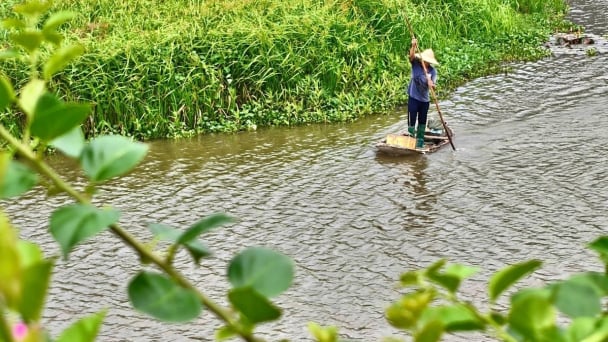
(VAN) In the tranquil wetlands of Van Long, there are quiet souls who guard the forests, nurture the waters, and oversee every bird and troop of langurs as protecting the essence of a living heritage.
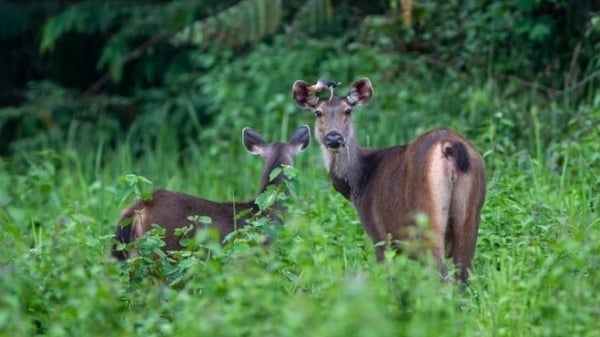
(VAN) WWF, GIZ, IUCN, UNDP call for biodiversity conservation and sustainable development must be regarded as a unity in strategies for a green future.
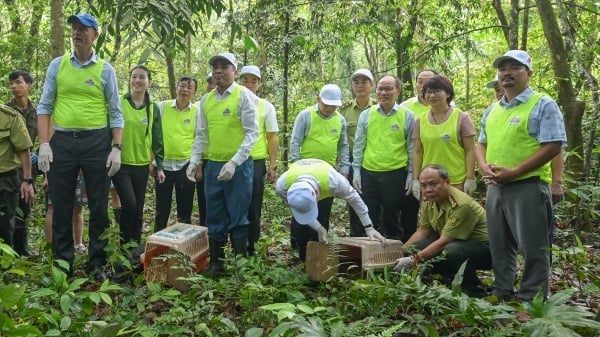
(VAN) On celebration of International Day for Biological Diversity, Deputy Minister Nguyen Quoc Tri called for practical actions to address nature and biodiversity conservation.
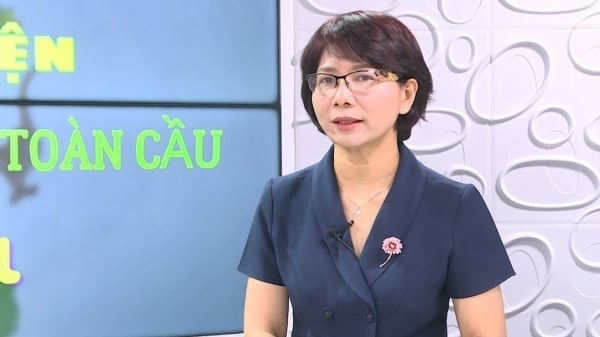
(VAN) Dr. Hoang Thi Thanh Nhan – Deputy Director of the Nature and Biodiversity Conservation Agency – highlighted this on the International Day for Biological Diversity, May 22, 2025.
![Ho Chi Minh city adapts to climate change: [2] Accelerating action](https://t.ex-cdn.com/nongnghiepmoitruong.vn/608w/files/chiqk/2025/05/22/4024-4220-bien-doi-khi-hau-1-100626_766.jpg)
(VAN) Clearly recognizing the challenges posed by climate change, Ho Chi Minh city has swiftly shaped its policies and implemented practical solutions to adapt.
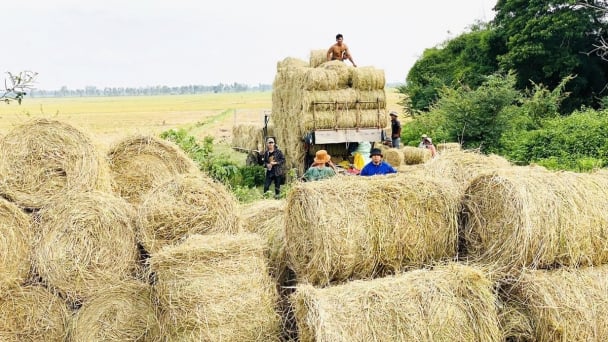
(VAN) Rice straw is no longer just a discarded byproduct, but it is becoming a green resource that helps farmers in the Mekong Delta reduce emissions and promote circular, sustainable agriculture.

(VAN) Other Effective Area-based Conservation Measures (OECMs) are solutions that contribute effectively to achieving the goals of the Kunming–Montreal Global Biodiversity Framework.